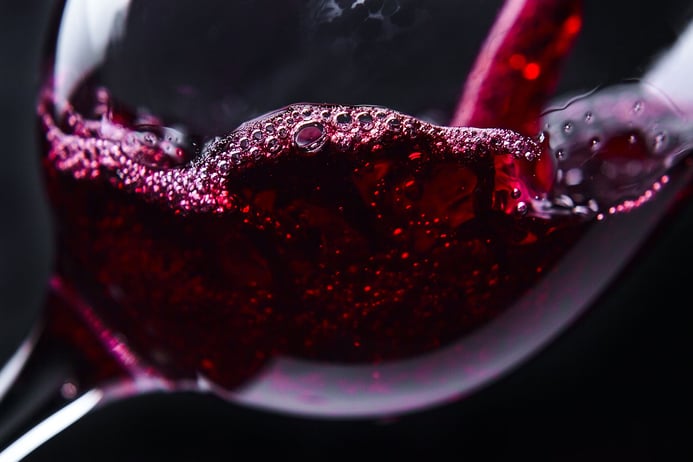With more than 1000 different grape varieties around the world and an ever-growing number of wine-producing regions, it’s getting tougher to differentiate a wine from another.
In addition, some basic knowledge appears as essential when tasting a wine or when talking to someone during a fancy dinner.
Here come 5 tips to consolidate your tasting skills and stand out in society…
1. Familiarize with the wine-making process
Being a wine taster means having the basic knowledge about wines in general, including the vinification, which is the process of making wines. In fact, this will clearly help you to recognize a good wine from an exceptional one, as the quality and the presence of defects often depend on the vinification.
So basically, a wine is an alcoholic beverage made with fermented grapes. After being harvested, the fresh fruits are crushed to become what we call the must, the unfermented juice containing the seeds, the skins and the stems. Then, the fermentation process comes naturally and transforms the sugar into alcohol. Once fermentation is complete, clarification starts: all the solids are eliminated. The wine is next transferred into a barrel or a tank to be aged.
As a matter of fact, the abundant number of transformation steps and variables leads to a consequent range of different wines and qualities. Typical flagrances and flavors, such as yeast and oak come from the vinification itself.
2. Train your palate and your nose
We all have a different sensibility while eating food: some will be very sensitive to subtle flavors while others won’t make any difference between a few ones. This works equally with wines, but the good news is that sensibility comes along with experience!
Tasting a wine properly means examining the flagrances as well as the flavors. The flagrances, first, hold a lot of key information. For example, some aromas may reveal the grape variety: a Sauvignon Blanc is usually recognized because of a gooseberry smell. Therefore, being familiar with a few typical flagrances is very helpful to identify a climate, the way the wine has been aged or the grape variety, as said above.
Concerning the flavors, our sensibility depends on our tongue. Only 10-25% of the population may be qualified as hypersensitive, but here again, tasting skills can easily be improved with experience.
3. Learn the tasting customs
Tasting a wine goes beyond the simple facts of smelling and drinking a couple of sips. It actually starts with a visual examination of the liquid, its color and its viscosity. The proof, the intensity and the maturity are often revealed at this stage. Then, an olfactory study completes these preliminary information, as explained in the last paragraph. Drinking the wine is hence the very last step of a tasting, and regarding to this point, it’s actually much more than simply drinking. The smaller the sips, the easier it is to identify the flavors. In fact, the wine needs oxygen to completely deliver its taste. So in order to feel all of it, you have to make the air come into your mouth and keep the wine into it for a few seconds (until 20 seconds for the most complex red wines!).
4. Relate and compare what you try
How to know whether a wine is good or not if there is nothing to compare it with? The best way to do a wine tasting is to try at least 3 glasses, in order to better point out a wine-growing region, a grape or a vintage. This way, you’ll be surprised how the soil or the year-changing climate influence a wine quality!
Another possibility to improve your skills and sensitivity is to discover a wine through a food and wine pairing. Usually, people match the wine with the food depending on their similarity or their complementarity. Similarity means that the match will intensify the delivered flavors while complementarity means that the aliments form a balance with the wine. Obviously, there isn’t one unique solution, and a pair is firstly based on personal preferences and creativity.
5. Keep a track of what you’ve tried!
Sometimes, you will face very similar wines, and your memory won’t be sufficient to remember what elements differentiate them. A complete record of a wine tasting often includes which wines have been tried, a visual, an olfactory and a gustatory evaluations as well as your simple opinion. Taking personal notes helps to clarify what impressed you most and to remember it in the long run.
It doesn’t matter if you taste a wine in a professional or a personal context, writing down arising perceptions while tasting makes connections in your brain. Putting words on perceptions enables you to build up a consistent vocabulary and to better express yourself. Furthermore, sharing tasting notes with someone else may complete and attest your perceptions or conversely, make you think about new tracks you haven’t considered.





